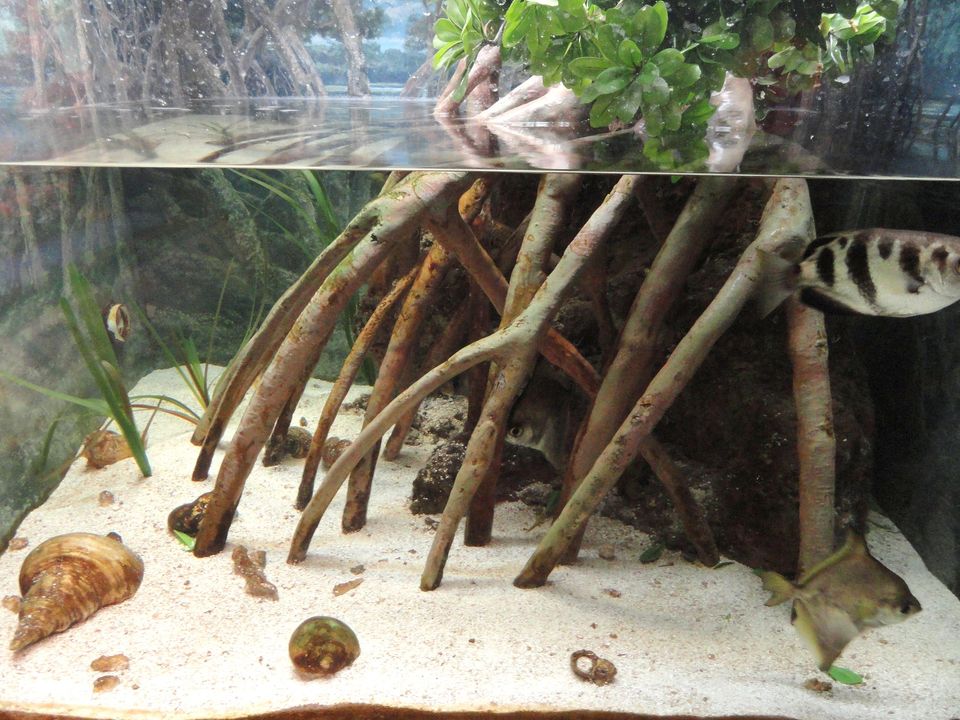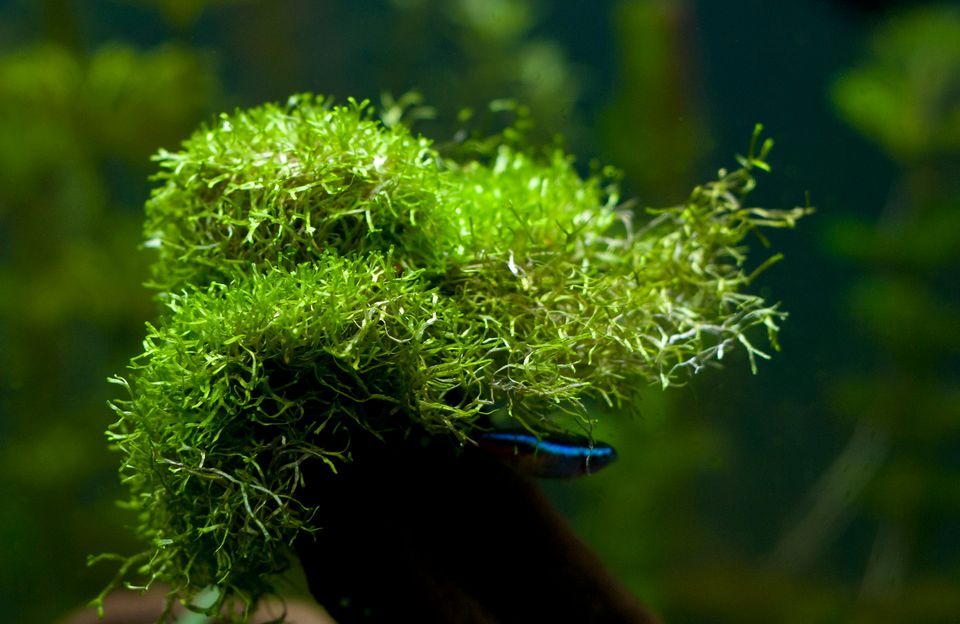Solving Common Aquarium Plant Problems: A Guide to Diagnosing and Fixing Algae, Yellowing Leaves, and Slow Growth
Aquarium plants are not immune to problems and can sometimes experience issues such as algae growth, yellowing leaves, or slow growth. Understanding the causes of these problems and how to fix them is important for maintaining healthy plants in your tank.

As a fishkeeper, you know the importance of maintaining a healthy and visually appealing aquarium. Live plants can play a crucial role in creating a natural-looking environment and improving the water quality in your tank. However, aquarium plants are not immune to problems and can sometimes experience issues such as algae growth, yellowing leaves, or slow growth. Understanding the causes of these problems and how to fix them is important for maintaining healthy plants in your tank. In this article, we'll explore some common aquarium plant problems and provide tips and solutions for solving them.
Problem 1: Algae Growth
Algae growth is one of the most common problems that aquarium plants can experience. Algae are simple aquatic organisms that can thrive in a variety of environments, including tanks with excess nutrients, poor water quality, or insufficient lighting. Algae can grow on the leaves and stems of plants, as well as on the substrate, decor, and other surfaces in the tank. While a small amount of algae is normal and can be beneficial for the aquarium ecosystem, excessive algae growth can be unsightly and can interfere with the growth and health of your plants.
There are several ways to prevent and control algae growth in your tank:
Keep your tank clean
Regular water changes and filter maintenance can help to remove excess nutrients and improve water quality, which can reduce the risk of algae growth.
Use appropriate lighting
Algae require light to grow, so reducing the amount of light or providing appropriate spectrum and intensity of light can help to prevent algae growth.
Avoid overfeeding
Overfeeding your fish can lead to excess nutrients in the water, which can encourage algae growth. Be sure to only feed your fish the amount of food that they can consume in a few minutes, and remove any uneaten food from the tank.
Use a nutrient-rich substrate
A substrate that is rich in nutrients can provide your plants with the nutrients they need to thrive, reducing the risk of algae growth due to nutrient deficiency.
If you are experiencing excessive algae growth in your tank, there are several options for removing and controlling it:
Use an algae-eating fish or invertebrate
Certain fish and invertebrates, such as plecostomus and snails, will graze on algae as part of their diet. Adding one or more of these algae-eaters to your tank can help to control algae growth.
Use an algae-removing product
There are several products on the market that are designed to remove algae from tanks. These products can be effective, but it's important to carefully follow the instructions and avoid using too much, as they can also remove beneficial bacteria and affect the overall balance of the tank.
Manually remove the algae
If the algae growth is not too severe, you can try manually removing it by gently scrubbing the affected areas with a soft-bristled brush or toothbrush. Be careful not to damage the plants or disturb the substrate too much.
Problem 2: Yellowing Leaves
Yellowing leaves can be a sign of a problem with your aquarium plants. There are several potential causes of yellowing leaves, including nutrient deficiency, improper lighting, and pests or diseases. Understanding the cause of the yellowing is important for determining the appropriate solution.
If your plants are experiencing yellowing leaves, try the following steps to troubleshoot the problem:
Check the lighting
Yellowing leaves can be a sign of insufficient lighting or the wrong spectrum of light. Make sure that your plants are getting the appropriate amount and type of light for their needs.
Check the nutrients
Yellowing leaves can also be a sign of nutrient deficiency. Make sure that your plants are getting the nutrients they need, either through the substrate or through regular fertilization.
Check for pests or diseases
Pests and diseases can also cause yellowing leaves. Look for signs of pests, such as small white spots or holes in the leaves, and treat accordingly. If the yellowing is accompanied by other symptoms, such as rot or fungus, it may be a sign of a disease, and you should quarantine the affected plant and treat it as needed.
Trim off the yellowing leaves
If the yellowing is isolated to a few leaves and not spreading to the rest of the plant, you can try trimming off the affected leaves to encourage new growth.
Problem 3: Slow Growth
If your aquarium plants are not growing as quickly as you'd like or are experiencing stunted growth, there may be a problem with their care. Slow growth can be caused by a variety of factors, including insufficient lighting, nutrient deficiency, or poor water quality.
To troubleshoot slow growth in your plants, try the following steps:
Check the lighting
Make sure that your plants are getting the appropriate amount and type of light for their needs. If the lighting is insufficient, you may need to upgrade to a stronger or more suitable lighting system.
Check the nutrients
Make sure that your plants are getting the nutrients they need, either through the substrate or through regular fertilization. If you are using a substrate that is low in nutrients, you may need to supplement with fertilizers.
Check the water quality
Poor water quality can affect the growth of your plants. Make sure that you are performing regular water changes and maintaining your filtration system to keep the water clean and healthy.
Trim off the affected growth
If the slow growth is isolated to a few areas of the plant, you can try trimming off the affected growth to encourage new growth.
By understanding the causes of common aquarium plant problems and implementing the appropriate solutions, you can keep your plants healthy and thriving. By maintaining a clean and well-maintained tank and providing your plants with the right lighting, nutrients, and water conditions, you can create a beautiful and natural-looking environment for your fish and plants to thrive.




